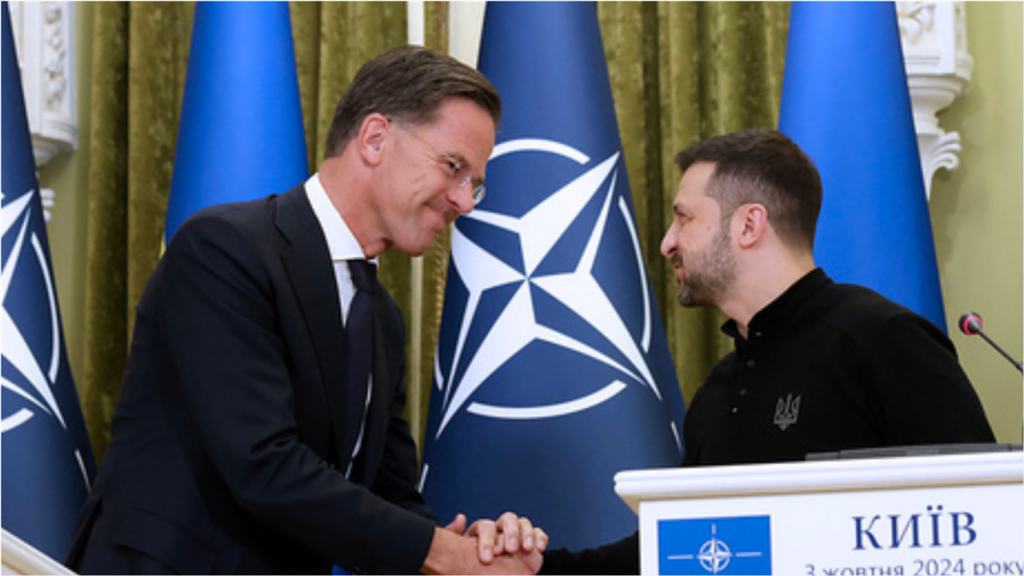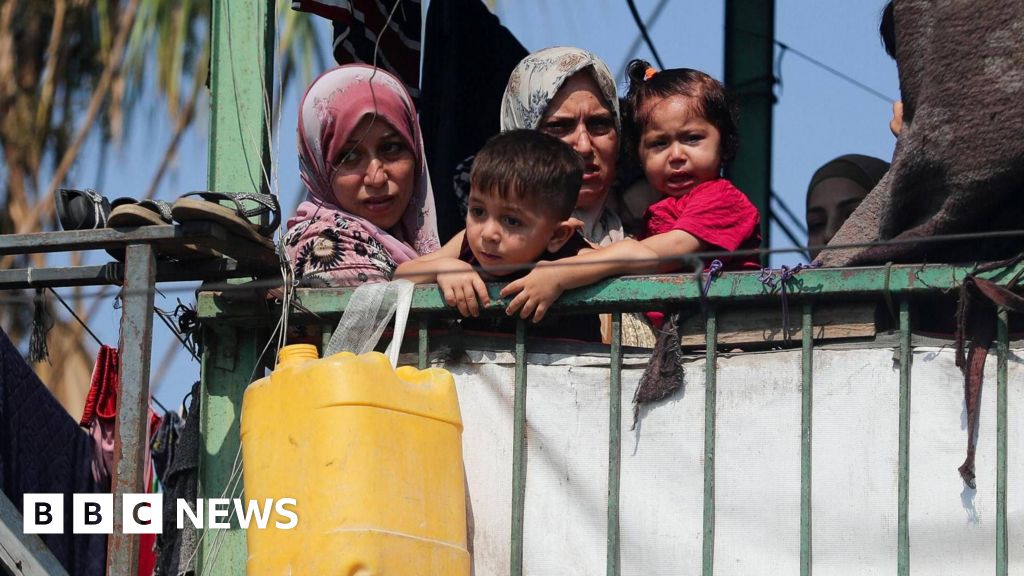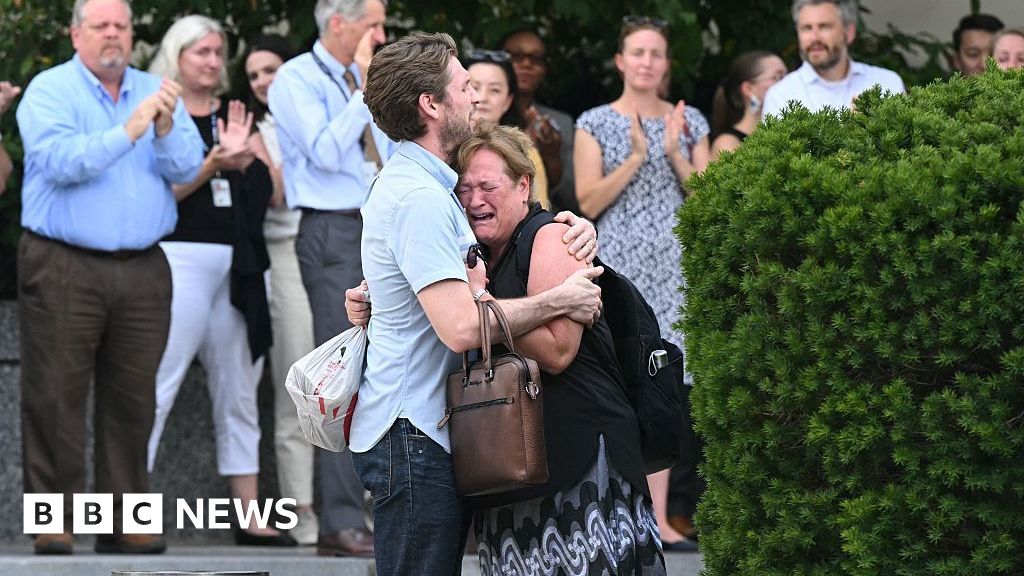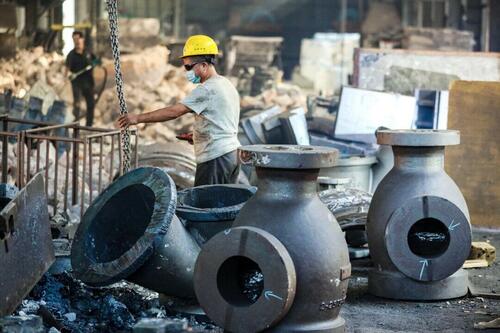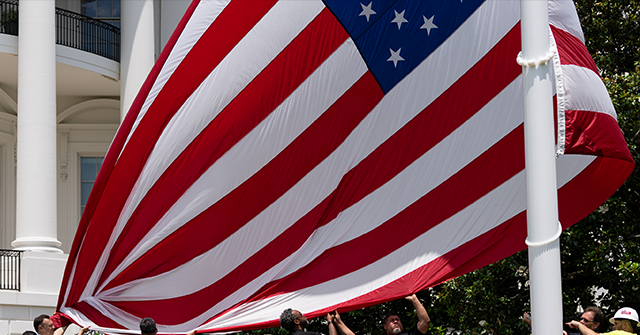Dr. Paul Offit Thinks We Should Be Scared — But for the Wrong Reasons

Source: Children’s Health Defense
In what has been arguably his boldest move to date, Health Secretary Robert F. Kennedy Jr. dismissed the sitting members of the Centers for Disease Control and Prevention’s (CDC) Advisory Committee for Immunization Practices (ACIP) on June 9, due to their pervasive entanglement with the industry they are supposed to be regulating.
Predictably, industry spokespersons posing as legitimate scientists — like Dr. Paul Offit — stirred up anger and dismay at this move, writing a series of posts on his substack newsletter ironically named “Beyond the Noise.”
In his latest article, “This CDC Resignation Should Scare You,” Offit praises the efforts of CDC epidemiologist Dr. Fiona Havers for her 13 years of service to public health, who recently quit her post because, she explains:
“I no longer have confidence that these data will be objectively evaluated with appropriate scientific rigor to make evidence-based vaccine policy decisions.”
Offit agrees, linking her last presentation to the ACIP in April of this year, which he believes is proof of her allegation.
Writes Offit:
“She found that at least 7,000 children were hospitalized with Covid. About 20 percent of those hospitalized were admitted to the intensive care unit, half were previously healthy, virtually none had been vaccinated, and 152 had died, most less than 4 years of age.
“The conclusion was clear; all children in the United States, whether they were previously healthy or not, should receive the primary series of Covid vaccines. For these reasons, the CDC recommended the Covid vaccine for all children.”
Based on this data, Offit, Havers and the American Academy of Pediatrics agree that withdrawing COVID-19 vaccinations for healthy children and pregnant mothers would be disastrous. But was the conclusion clear?
I read through the 29 slides of Havers’ presentation and came to a much different conclusion. Let’s do what Havers wants the CDC to do and “objectively evaluate these data with appropriate scientific rigor to make evidence-based vaccine policy decisions.”
First, the presentation has glaring omissions of crucial metrics. For example, in Offit’s summary, he states that of the 7,000 children who were hospitalized with COVID-19, virtually none had been vaccinated.
What does he mean by “virtually none?” Here is the slide that addresses this:

Taking this data as it stands, fewer than 5% of kids who were hospitalized were up to date on their most recent COVID-19 shots. So, when Offit claims there are virtually no serious consequences from vaccines, does he really mean less than 5%?
What does it mean if “fewer than 5%” of the hospitalizations occurred in the vaccinated?
Nothing.
Unless you know the vaccination rate of all children in these age groups, you cannot determine if the vaccination is doing any good.
Why would the CDC epidemiologist charged with informing ACIP members leave this out? Did she expect that the advisory panel wouldn’t ask about it? She probably did, and she was probably right. That is what is scary. It’s the blind leading the blind.
CDC data for the 2024-2025 season shows that 13% of kids under 17 are up to date with their COVID-19 vaccination. The CDC doesn’t break down vaccine uptake in each specific age group. (Why? Too bad there wasn’t a veteran analyst working for them to give us this crucial number.)
Let us assume that the 13% vaccination rate applies to every age category under 17 and that 5% of hospitalized children were vaccinated. Roughly speaking, and ignoring confounders (unvaccinated and vaccinated children are not equally prone to hospitalization prior to getting vaccinated), how can we determine the utility of being up to date on COVID-19 “vaccines” with regard to avoiding hospitalization?
First we would need to determine the risk of hospitalization if vaccinated compared to being unvaccinated. Then we would need to know how many kids need to be vaccinated to prevent a single hospitalization. Then we would need to determine the risk of vaccination borne by this number of kids.
More crucial pieces of information are required (which are suspiciously absent from Havers’ presentation).
Havers does give us a place to start (slide 6):

Let’s take one of those age groups, say ages 6 months to 4. See the tiny sliver of hospitalizations per 100,000? I don’t either. Maybe ACIP advisors have bionic vision. Or maybe it would be nice if Havers explicitly told them what that number was.
She didn’t, so we will have to eyeball it and generously call it 100. (I say “generously” because if you understand the calculations that follow, you will see that the larger this number is, the greater the utility of vaccination).
For every 100,000 children, 13%, or 13,000 of them were vaccinated. Because 5% of hospitalizations were among vaccinated and we are estimating that 100 hospitalizations occurred, the rate of hospitalization among vaccinated toddlers is 5 in 13,000.
5/13,000 = 0.000385
We can similarly calculate the rate of hospitalization in unvaccinated children because we know that the other children (87,000 per 100,000) are unvaccinated and they account for the other 95 hospitalizations.
So, the rate of hospitalization among the unvaccinated is 95 in 87,000.
95/87,000 = 0.001092
Now we can calculate the number of hospitalizations prevented by vaccinating 100,000 children:
100,000 x (0.001092 – 0.000385) = 70.7
This means that vaccinating 1,414 kids would prevent a single hospitalization because:
100,000/70.7 = 1,414
How should a pediatrician answer when a parent asks, “Doctor, what are the chances that this new COVID-19 vaccine will prevent my kiddo from being hospitalized with COVID-19?”
The pediatrician will answer confidently, “It’s about 1 in fourteen hundred.”
This is, of course, a purely hypothetical exchange where the parent asks an appropriate question and the pediatrician is honest and properly informed.
So, does this mean the shots ought to be recommended?
The only way to answer that question is to know something about the risk of these injections. How can the pediatrician (or any of the ACIP members) be certain that exposing 1,414 children to an mRNA shot won’t result in one or more adverse events that could be even more serious than a hospitalization from COVID-19?
ACIP advisors are making recommendations for millions of kids. Shouldn’t this be an important part of their calculus? Or is it irrelevant because this “virtually never” happens?
Nowhere in her presentation does Havers mention any risk of these mRNA products. CDC’s own event reporting systems are screaming of serious adverse events.
The Informed Consent Action Network created an interactive dashboard to allow anyone to query the millions of records from V-Safe, the CDC’s own active surveillance program.
More recently, they have accessed massive troves of free-text reports from COVID-19 vaccine recipients that have thousands of accounts of devastating injuries, some of which occurred within a few days of inoculation. None of them has been adjudicated by the CDC.
By not mentioning any of this, Havers makes the tacit assumption that none of them could be real. Is this really what we’d expect from a veteran CDC analyst?
This is the agency capture that Kennedy has been warning us of for years. How can professionals inside a regulatory agency begin with the assumption that the very products they are assessing for safety have no risk to begin with??
That’s what she does, and that’s why Offit summarizes:
“The conclusion was clear; all children in the United States, whether they were previously healthy or not, should receive the primary series of Covid vaccines.”
The point here is that this is the kind of curated “data” ACIP members have been treated to for decades by analysts like Havers, who I think actually believes that she has done a thorough job.
Why didn’t she provide these vital numbers to ACIP? Did she expect that the advisors would go through the math above while she flashed her slides? What exactly was her role as a CDC epidemiologist? To inform the advisory panel or lead them to specious conclusions?
Offit says we should be scared because Havers resigned. That’s not at all the reason why we should be scared.
We should be scared that the world-renowned vaccine expert, point person for mainstream media, and once ACIP member himself regards this kind of presentation as cogent, complete, convincing and conclusive when it is none of these things.
We should be scared that Havers has been making the rounds on mainstream media, telling tales of impending disaster when her departure is actually another step toward restoring the scientific rigor in the process.
We should be scared that the American Academy of Pediatrics is advocating for COVID-19 shots in healthy children, which have, as we have just calculated, less than a one in a thousand chance of offering any benefit to an individual recipient while carrying an unknown risk.
But they aren’t just advocating for these products; they are suing Kennedy and the HHS over this. This legal action has nothing to do with protecting children. We should be scared of this, too.


